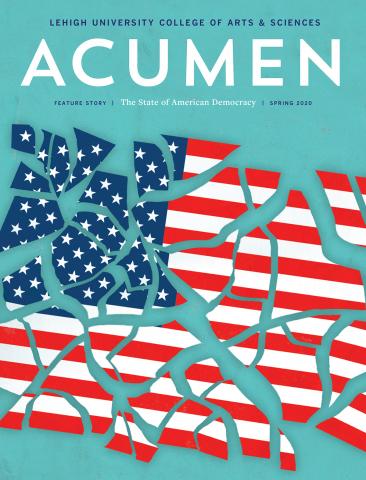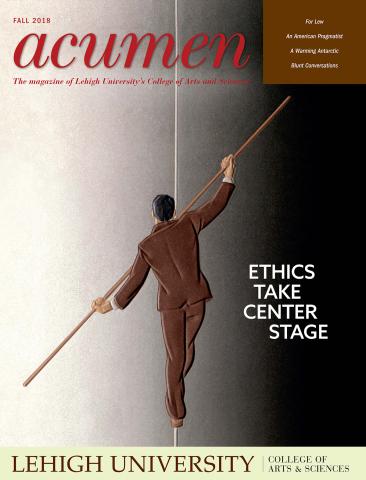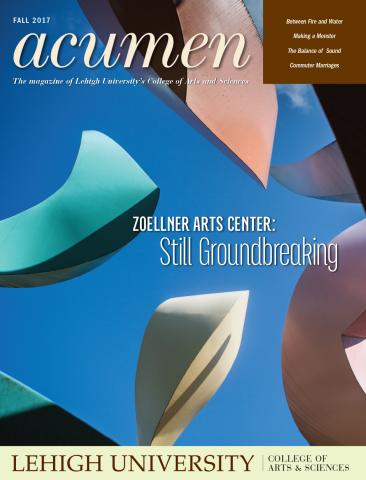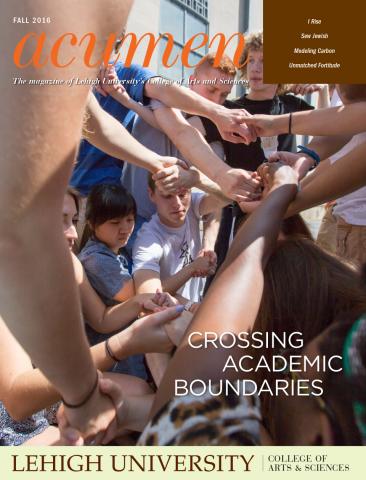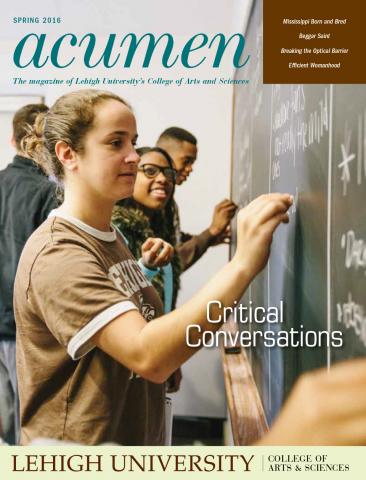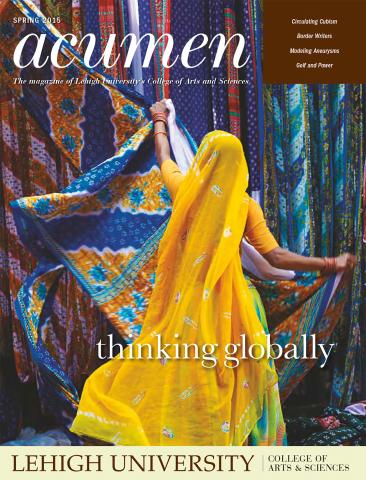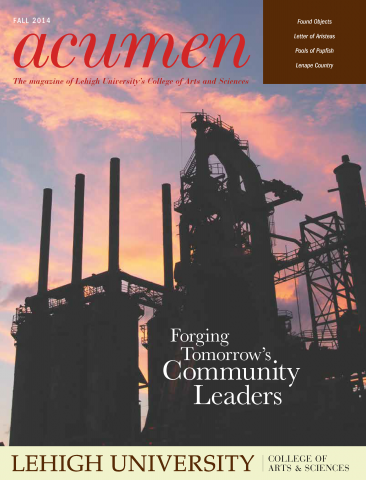
Scenic designer Melpomene Katakalos joined an internationally select group of artists when she was recently selected to display her work at the Prague Quadrennial in June of 2019.
The Prague Quadrennial of Performance Design and Space brings the best of design for performance, scenography and theatre architecture to the front line of cultural activities to be experienced by professional and emerging artists as well as the general public. The quadrennial exhibitions, festivals and educational programs act as a catalyst of creative progress by encouraging experimentation, networking, innovation and future collaborations.
Katakalos is one of just 20 American designers to be invited to display their works. Her work will be displayed June 6-16 at a festival that, in 2015, featured more than 600 live events and 150 expositions, presenting performance design (including spatial/set, costume, sound, lighting and projection design work) from 78 countries. Prague Quadrennial had 180,000 visits, including 6,000 accredited professionals and more than 1,300 students from all over the world actively taking part.
“It’s huge. It’s like the design Olympics,” says Katakalos, associate professor of theatre. “What’s great about the Quadrennial is it’s design based. It’s a unique experience. Design is paramount, and the recognition that comes with selection is wonderful. It’s this thing you know about from the time you start in theatre school. Everyone talks about it, and the professionals I know all apply without any expectation of being chosen. You apply because it’s a dream thing. I never thought I’d be selected.”
The American delegation was selected by members of the United States Institute for Theatre Technology (USITT), whose member work in the areas of design, production and technology. The USITT group features work from a variety of genres, presentation styles, disciplines, regions and institutions. It attempts to represent the artistic achievement of a country as large and diverse as the United States.
In addition to the selected work, the exhibition will incorporate the oral history of the designers, positioning them in relationship to the field and their own work. This comprises the designers’ own cultural background, their connection to performance design, their mentors and influencers, whom they have mentored and influenced, and how these factors have affected their approach to design and the designs themselves.
Katakalos says she chose to submit plays that represented America in diverse ways that one can show America. She chose stories with relevant, timely subjects and portrayed underrepresented stories or people. The play she chose, You for Me for You, by Mia Chung, is about a female Korean immigrant’s American experience.
“I wanted to make people selecting plays to be aware that the most interesting theatre being done In America isn’t done necessarily in the mainstream or larger houses,” says Katakalos. “There are important stories to be told and to be seen, and they need that kind of exposure. And, yes, it’s great that the design work is recognized, but also it’s important that the selection committed recognized a specific story about the American experience.”
Featured designers are allocated space to exhibit multiple images, videos and interviews discussing their work and careers. All exhibited work will be presented in digital format and will include interactive digital display panels. After its run in Prague, Katakalos’ work will be a touring exhibition throughout the United States.





















